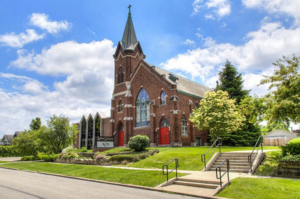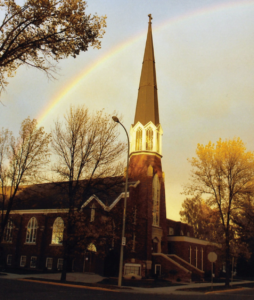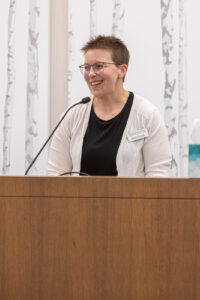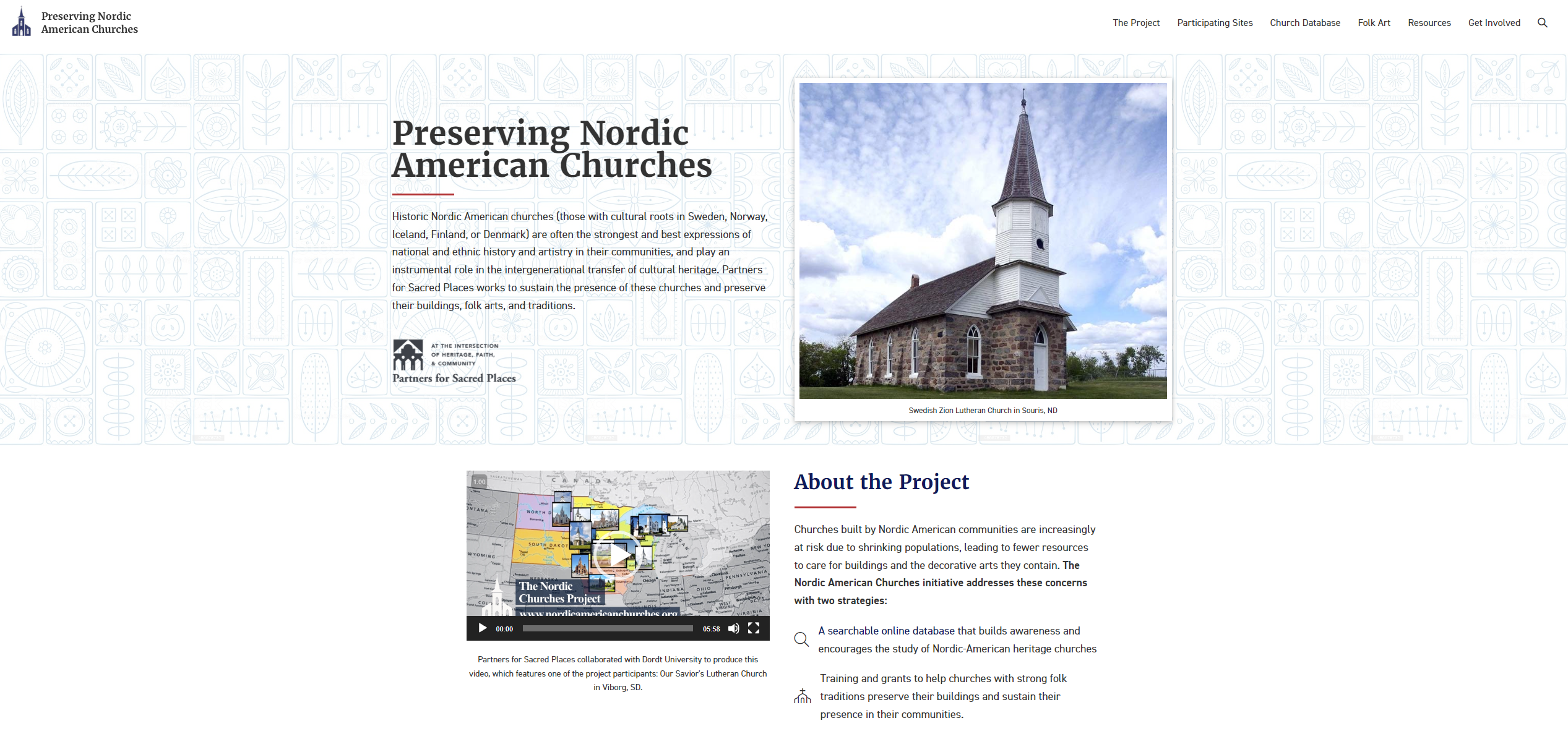A Q&A with Emily Sajdak, Senior Project Manager at Partners for Sacred Places
By Ann Kendall
Launched in 2024 as a culmination of Partners’ Preserving Nordic American Churches initiative, this new website documents 1,500 historic church structures as well as cultural and heritage materials that Nordic immigrants brought to the Upper Midwest in the late 19th and early 20th centuries.
AK: How does the new website foster the preservation of the history and culture of Nordic churches in the Upper Midwest?
ES: The website is a living archive of the work of the Nordic American Churches Project. As such, it is a significant step toward preserving these civic and cultural community assets. For Partners, we want this website to inspire churches to think about history and heritage and to grow new connections in new ways. The website allows anyone interested in community and church preservation to see what is possible. For communities, the website provides documentation of their assets – their churches and traditions – that connects them to wider communities. Bringing people, buildings, and communities together is the core work of all our programs; by studying the past, we can think of new ways to envision the future.

Luther Memorial Church, Des Moines, IA.
AK: Who is the website designed for?
ES: The website brings the lived experience of Nordic American immigrants and their descendants to life – it is open and welcoming to all interested in these churches and these community traditions. For current community members or those with genealogical interests in these church communities, the website offers a portal to understanding the lived experiences of ancestors and the importance of the intergenerational transfer of cultural traditions. In addition, academic researchers will value both the church site-specific information in the database and the site’s cultural elements, including folk art, woodworking and foodways. Through the balance of data and culture, anyone interested in the Nordic history of the Upper Midwest will gain a holistic view of the life of early immigrants to the area and those who work to preserve these churches and traditions today. The website design is open with ease of use in mind, offering researchers of any skill level an easy path to learning more about these communities and these churches.
AK: What impact do you envision the website will have on communities and researchers?
ES: Creativity and connectivity with a sense of place – these ideas are essential for communities. Through the Nordic Churches Program, congregations learn new methods of connecting with their past and futures; by documenting these experiences within the website, others will learn new ideas as well. The website currently contains information on 1,500 congregations and more information will be updated regularly. As an archival repository, the impact for community members and researchers is the accessibility to information that crosses denominations, geographic areas, and cultures. Often, the first step in preservation is finding inspiration, and the website serves as an essential getting-started tool. Most of the communities within the Nordic American Churches Program and within the website’s database, whether rural or urban, serve as the centers of their communities – the website mirrors this sense of place as it brings together people and ideas from across the Upper Midwest region.

Exterior of St. Olaf Lutheran Church, Devils Lake, ND.
AK: What are the hopes and goals for the website going forward?
ES: Because this resource did not exist before, the website offers us the important concept that traditions can work together in modern ways to foster and address community needs. In a public way, the website brings forward the importance of these churches – that we should study, document and care about these communities and churches. This process allows us, and website users, to map a future for congregations to further connect with changing communities while preserving one of their greatest community and cultural assets: their Nordic American church.
AK: What’s next for the website?
ES: Sharing this website widely with cultural and denominational institutions is our next step, along with continual updates to the database. To build the church database, we combed data from numerous sources, including the National Register of Historic Places, church and denominational websites, state historic preservation registries, and mining the knowledge of project advisory group members. Our work continues. We hope the website will be shared widely – from the communities and churches within our database – to anyone interested in preservation, cultural heritage, the arts, faith, and community asset building. To prevent the disappearance of these critical sites – sharing their existence is the most important thing we can do.

Emily Sajdak, Senior Project Manager at Partners for Sacred Places.

